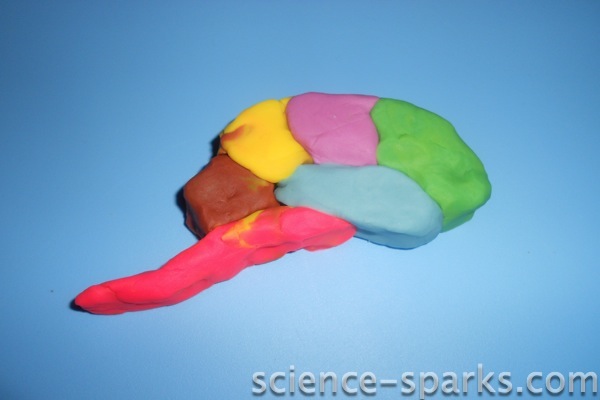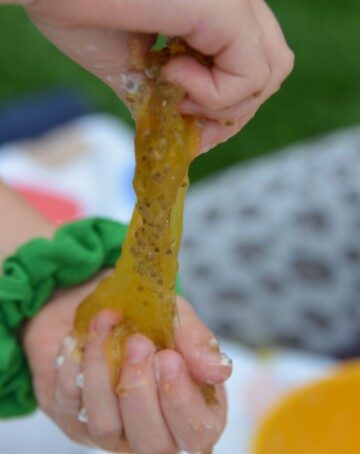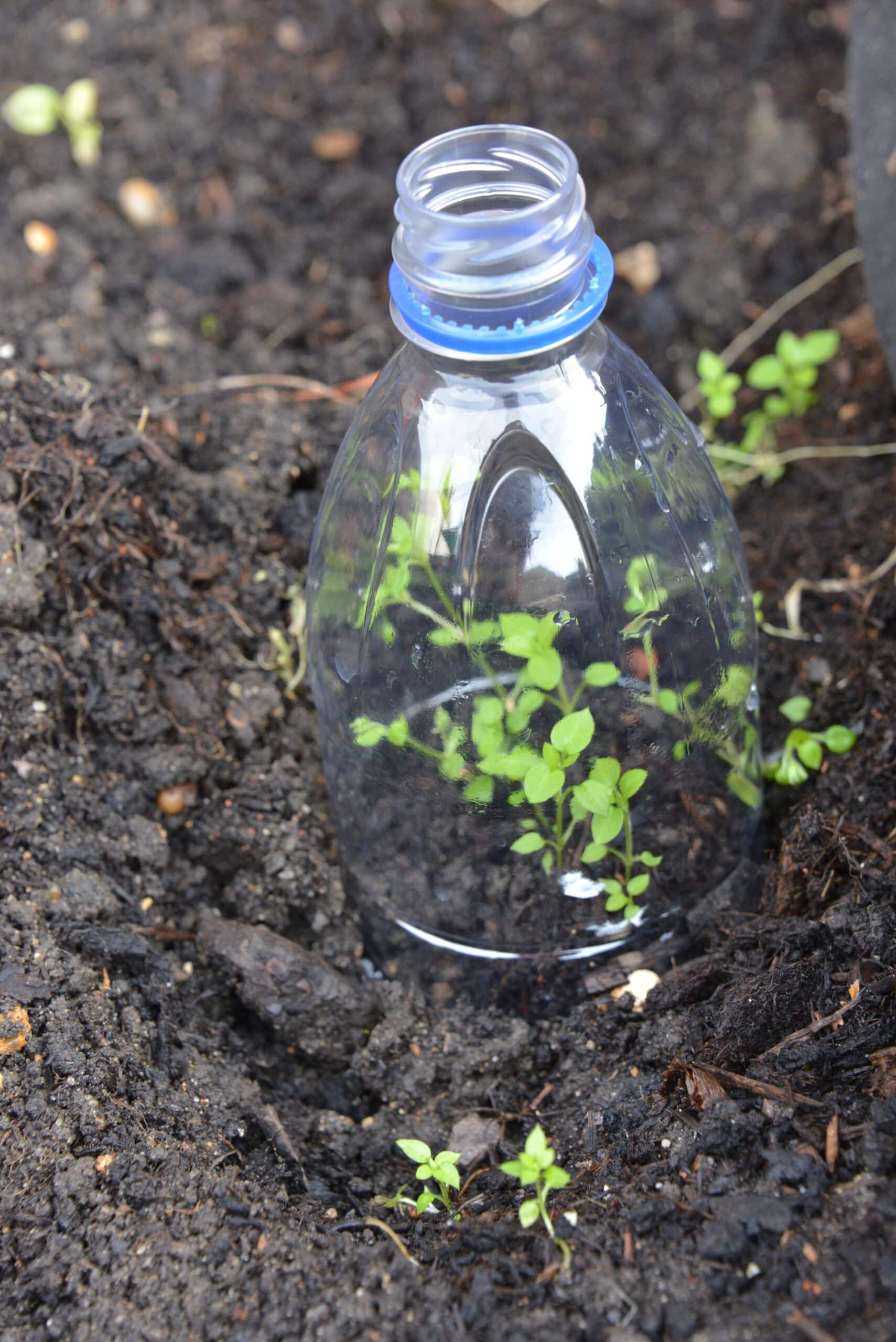The brain is one of the most fascinating organs, so today, we're going to make a model brain.
The brain is the control centre of your body, and it sits in your skull at the top of your spinal cord. When we mention the word 'neuroscience,' most people switch off and think it is something they cannot possibly understand but...
1. Not when you get to play with play-dough (this keeps me and children of all ages entertained)
2. It is really, REALLY interesting!
Some interesting facts!
Your brain keeps on growing until you are about 20 years old.
Your brain has around 100 billion nerve cells
Your brain is more powerful, more complex and more clever than any computer ever built.
It is constantly dealing with hundreds of messages from the world around you and from your body and telling your body what to do.
With evolution, the human brain has become more and more complicated, and many of its interesting properties are still not well understood by scientists.
The human brain is over three times as big as the brain of other mammals that are of similar body size.
The brain can be divided up into six main areas:
The frontal lobe (Green)
- reasoning, planning, parts of speech and movement, emotions, and problem-solving
The Parietal lobe (purple)
- Senses touch, pressure, temperature and pain.
The Occipital Lobe (yellow)
- Controls vision
The Temporal lobe (blue)
- Recognition of hearing and memory
The Cerebellum (brown)
- Controls and coordinates movements of the muscles
The Brain stem (Pink)
- In charge of keeping the automatic systems of your body working, like breathing!
Make a model brain using six different colour play-doughs
You can then make some flag labels (wrap stickers around cocktail sticks) and label the brain.

I made this with Noah (who is three) and was really interested in finding out that the brain helps you think, talk, see and move and that it is inside your head. He understood there were six parts, in which we practised counting, and named all the colours, but obviously, the names of the parts were a little advanced, however, I know my secondary school pupils would have loved this task and in fact, even my A level students who are 18! Well, who doesn't love play-dough?
Last Updated on March 10, 2023 by Emma Vanstone




Natalie says
This is a very neat project. Time to make a new playdoh! Visiting from Delicate Constructions blog hop.
Multiple Mummy says
Thank you for visiting. If you can make models of anatomy it is a great way to learn.
maggy,red ted art says
Wow! This is a great way to explore the brain! How funny and very crafty indeed!
Thanks for sharing on Kids Get Crafty!
Maggy
Sarah says
Fantastic way to learn about the brain-good for older children too as you say.
Sherine A says
Hopping on from living lifeintenionally. It looks great:) Thank you!
Carla says
This is brilliant--I love it! I just pinned it!
Kristina says
Great hands on way to learn the brain! Pinning this! Thanks for sharing at TGIF!
Brooke, Let Kids Create says
This is such a great hands on activity to learn about the brain. I bet my kids would love this one. Thanks for sharing on Monday Madness.
Carrie says
How fun and interesting. I may give this a try with my 3-year-old as well. Thank you for sharing it at Sharing Saturday! We look forward to seeing what you share next week!
ScienceSparks says
Thank you, so glad you liked it. x
B.ANIL GOUD says
It is very good project to understand easyyy